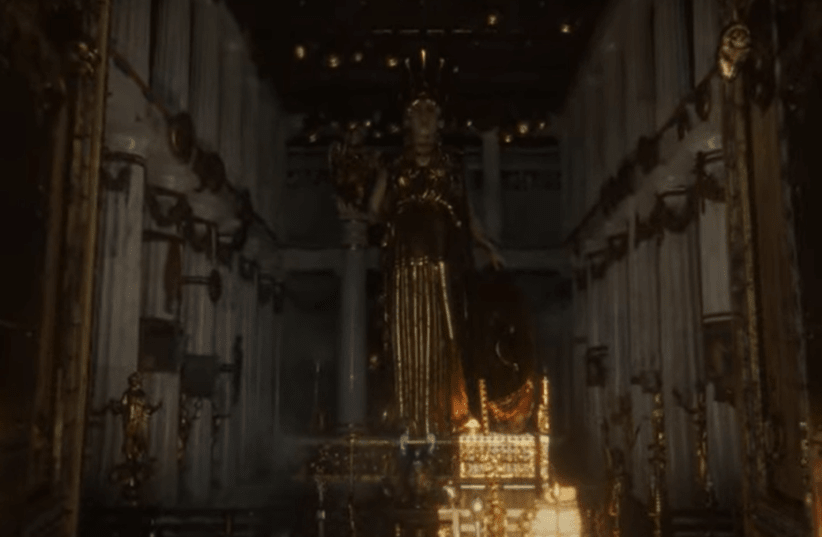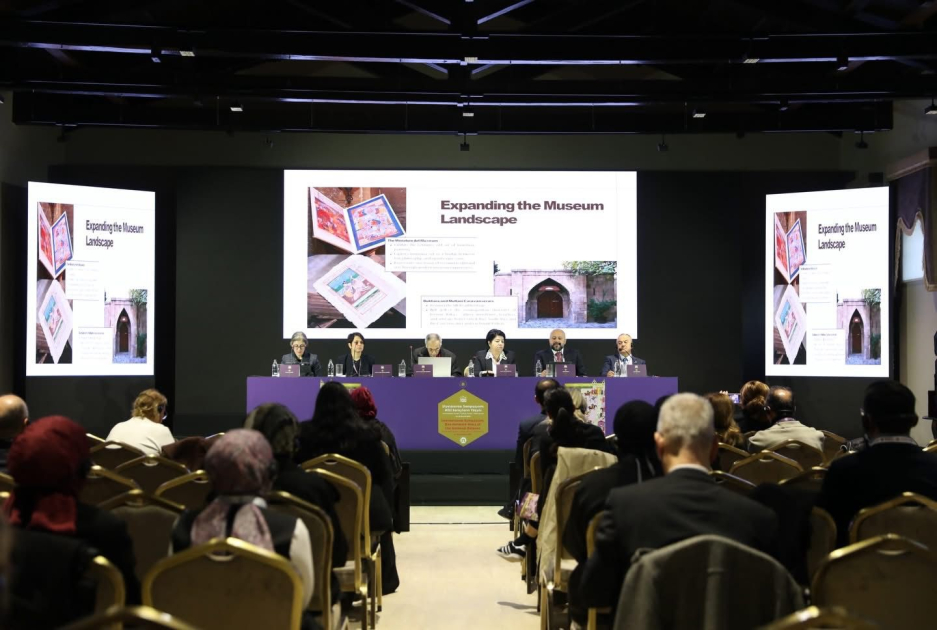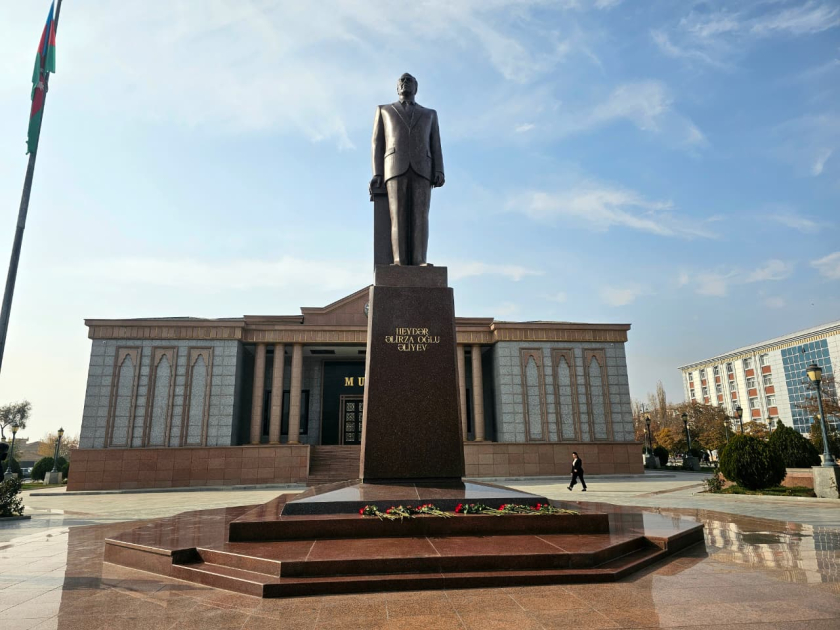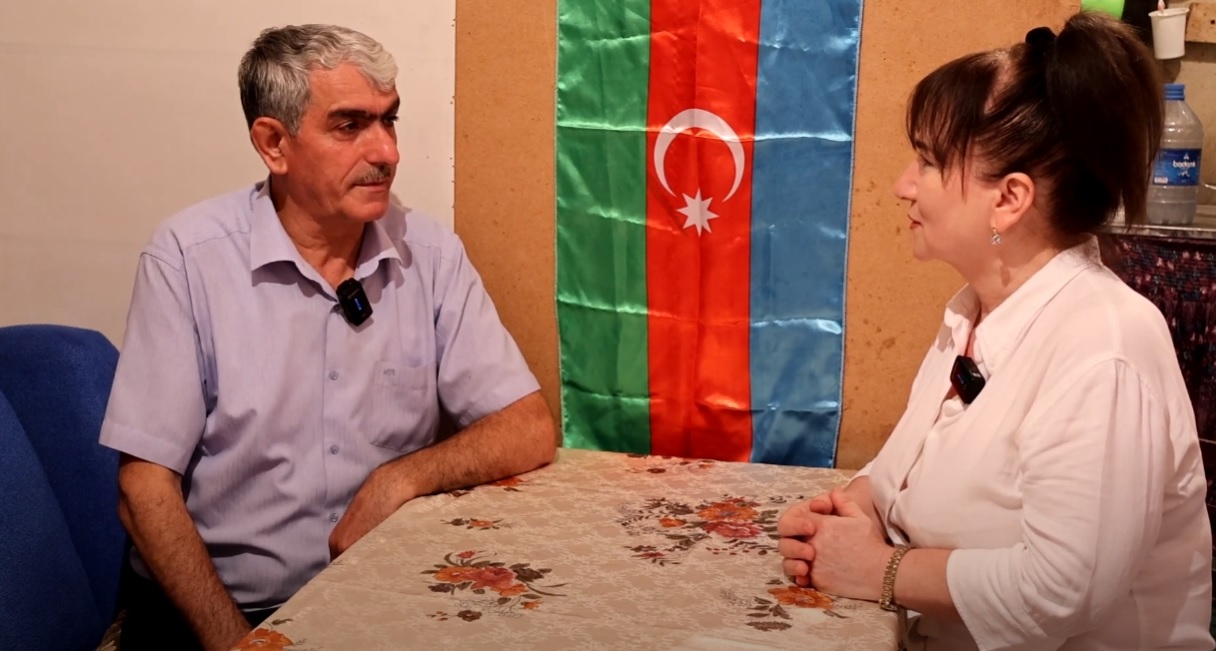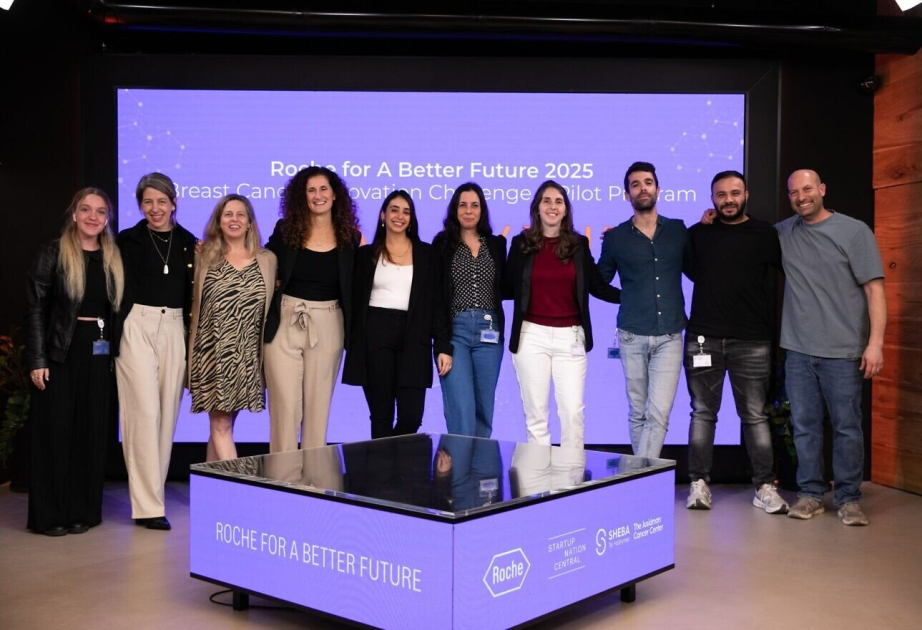By JERUSALEM POST STAFF
de Lara's four-year study solves a centuries-old mystery about the Parthenon's lighting.
Professor Juan de Lara's four-year study, published in the scientific journal The Annual of the British School at Athens, answers a question that has puzzled the scientific community for centuries: how lighting was used in the temple of Athena on the Acropolis.
Contrary to the traditional image of Greek temples as bright, open spaces, de Lara's research shows that the Parthenon remained dark inside, creating a theatrical atmosphere that selectively illuminated the gold and ivory statue of Athena by Phidias, made in 438 BCE, enhancing its divine appearance.
Using digital modeling and physics-based light simulation, de Lara reconstructed the architecture of the Parthenon with an accuracy of two centimeters, taking into account materials like ivory, gold, and polished marble. His model also considered ancient parameters of solar movement, contributing to the understanding of how light interacted with the temple's architecture.
The findings answer questions first raised in the 18th century by French architect Antoine-Chrysostome Quatremère de Quincy, who hypothesized that openings in the roof allowed light to enter the temple. British architect James Fergusson later proposed the existence of high windows. De Lara's study confirms that both Quatremère de Quincy and Fergusson were partially correct, as their hypotheses had merit and were part of a unified lighting system.
"Imagine entering the Parthenon—your eyes, still tired from the dazzling sunlight outside, gradually adjust to the darkness of the interior. As the sunlight filters through the entrance of the temple, it strikes the gold of the goddess's garments with a vertical, radiant beam. This is exactly the effect the architects and Phidias wanted to create. It must have been enchanting!" de Lara described, according to LIFO.
An international team of specialists, under the guidance of archaeologist de Lara, created a virtual reconstruction of the Parthenon as it was in 432 BCE, revealing not only its external form but also the unique atmosphere created by the lighting inside the temple. To create this reconstruction, numerous historical sources, archaeological findings, and astronomical data regarding the lighting and orientation of the temple were utilized.
These elements were combined with CGI technology, creating a high-resolution three-dimensional depiction. Through this virtual tour, viewers can "walk" in the Parthenon, explore its corridors, and admire architectural and decorative details that have been lost or altered by time. Using special virtual reality glasses, visitors are literally transported inside the temple.
De Lara intends to turn his discovery into an interactive virtual reality experience, available for free to museums and educational institutions. "Through the power of technology, this global symbol of ancient Greek culture comes alive again, allowing us to know it as the ancient Athenians experienced it," he said.
His research overturns centuries of neoclassical notions, particularly those based on the Enlightenment values of Johann Joachim Winckelmann regarding white marble and open, rational spaces. Instead, de Lara presents a more complex reality in which the ancient Greeks designed spaces that activated the senses and spirit through controlled light, creating an atmosphere of mystique and awe.
De Lara's calculations confirmed that on specific mornings during the Panathenaea festival, sunlight entered the Parthenon through the eastern door, illuminating the golden garments of the statue of Athena and creating a visual spectacle. Openings in the roof, internal water basins, translucent ceilings, and shiny materials composed a complex lighting system that emphasized the statue of Athena.
He hopes that his approach will inspire others to create similar representations of other historical monuments. This pioneering effort not only reveals the architectural and artistic value of the Parthenon but also offers a unique educational tool for young and old. "Thanks to modern technologies, we now have the ability to discover how the Parthenon looked more than 2,400 years ago, at the height of its glory," de Lara stated, according to LIFO.
The article was written with the assistance of a news analysis system.


